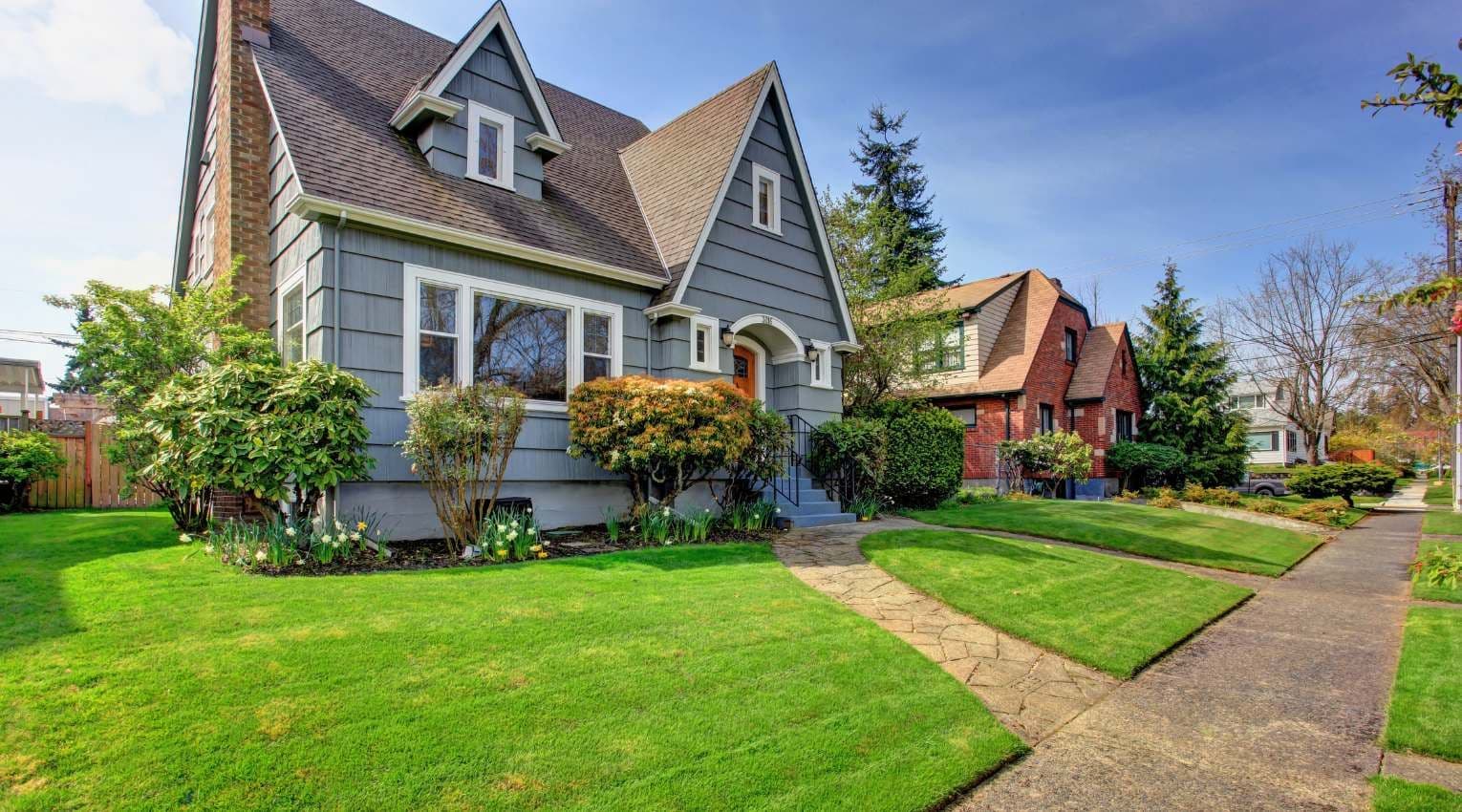Understanding HELOCs vs. HELOC Alternatives

Many homeowners stumble across home equity investments as they’re doing their research about the best alternatives to home equity lines of credit (HELOCs). That’s because home equity investments are still fairly new to the home financing world, whereas HELOCs have been an option that gained popularity with homeowners in the early 2000s.
Your decision about how to tap your home equity can have consequences for years—if not decades—to come, so it’s crucial to weigh the pros and cons of HELOCs and HELOC alternatives.
As financial technology evolves, more solutions are made available to fit the unique financial needs of every kind of homeowner. But determining whether a HELOC or a home equity investment is better shouldn’t be overwhelming. Understanding the benefits of each and why homeowners tend to choose one over the other will help you make an informed decision about the best option for you and your property.
What is a Home Equity Line of Credit (HELOC)?
A home equity line of credit, or HELOC, is a loan that functions much like a credit card. During the “draw” period (usually 10 years), you can access the equity you’ve built up in your home as needed. During this period, you’ll usually make payments on interest only. Interest averages about 6.04% but this changes often.
Once the draw period ends, you enter the repayment period (typically 20 years). You’ll pay back the money you borrowed, plus any remaining interest.
Alternatives to HELOCs: the Home Equity Investment
A home equity investment allows you to access a portion of your equity in exchange for an investment in the future value of your home. You receive a lump sum of cash, but there are no monthly payments. Instead, you settle your investment either when you sell your home or with savings or a loan. The amount you owe depends on your home’s value at the time of settlement. The effective period for settling is typically between 10-30 years, depending on the investor.
The Difference Between a HELOC and Home Equity Investment
The biggest difference between a HELOC and an equity investment is the way these two financial products are structured. Because the settlement amount with a home equity investment is based on the home value, the investor isn’t guaranteed to make a profit. If the property goes down in value, for example, the share that is owed back to the investor could be less than the initial funds given to the homeowner.
There are some other key differences that will help you decide if a HELOC alternative like Hometap’s home equity investment is a better fit for you.
When a HELOC is a Good Fit
The advantages of a HELOC include having the flexibility to use your line of credit when you need it and not having to pay interest on the money you don’t use (however, check minimum draw requirements first, as you may have to take money even if you don’t have a need).
This may work best for a homeowner who doesn’t have an emergency fund. A HELOC can offer a safety net. You usually have a 10 year “draw” period, meaning if you have a medical emergency five years from when you opened the credit line, you can access funds without having to go through the loan process again.
You may decide a HELOC is the better option based on the amount of funds you anticipate needing. Lenders can allow 75-85% of your available equity to be borrowed, whereas a home equity investment is typically up to 25% or $600,000.
If you have no plans to ever sell your home at any point, you may find a HELOC makes more sense. While it’s not necessary to sell when using a home equity investment, many homeowners use the sale of the home to settle the investment at the end of the term. Otherwise they can choose to refinance, take out a loan, or use savings to settle the investment.
When It’s Time to Consider an Alternative to a HELOC
Many homeowners, particularly those looking to reduce existing debt, opt not to use a HELOC because the monthly payments and unpredictable interest rates. A home equity investment doesn't impede on cash flow since there aren't monthly payments, and there are no penalties for early repayment.
If your expenses are a little unpredictable, an equity investment might also be preferable to a line of credit. Home renovations, for example, can often go over the original budget, and a lump sum of cash makes it easy for homeowners to make adjustments as a project progresses, versus drawing more funds as needed.
Homeowners that don’t fit into the typical box often find that a home equity investment is the better option, as well. For example, entrepreneurs that don’t have a typical W2 or high credit score may not qualify for a HELOC despite having the equity and the financial standing to pay it back.
There’s no one-size-fits-all when it comes to tapping into your home equity. Comparing a home equity line of credit and a home equity investment with your specific goals and financial situation in mind is the best way to determine which one makes most sense for you.
Compare all your options for tapping into your home equity with this in-depth guide >>
Tap into your equity with no monthly payments. See if you prequalify for a Hometap investment in less than 30 seconds.
You should know
We do our best to make sure that the information in this post is as accurate as possible as of the date it is published, but things change quickly sometimes. Hometap does not endorse or monitor any linked websites. Individual situations differ, so consult your own finance, tax or legal professional to determine what makes sense for you.
More in “Home Financing 101”

Home Affordability Made Simple: The 28/36 Rule Explained

How to Get Equity Out of Your Home Without Refinancing


